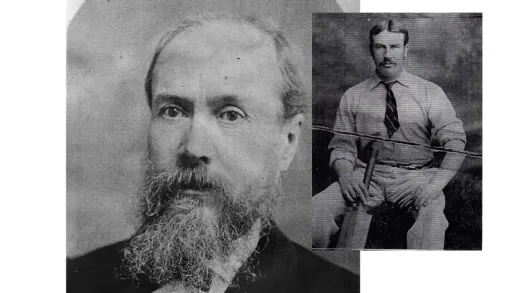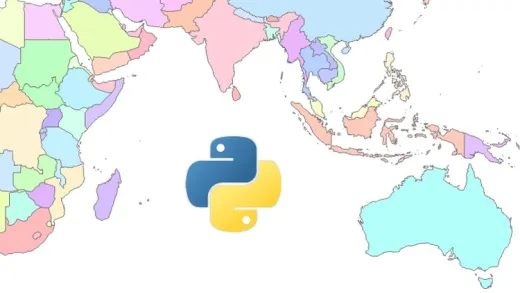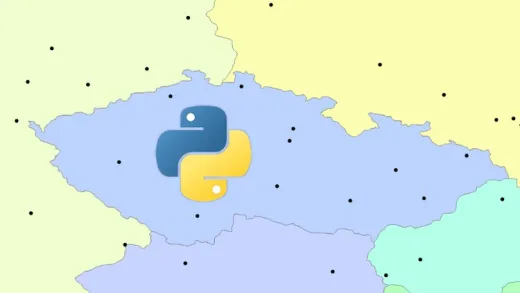About This Course
Turning mapping requirements from stakeholders into automated PDF maps
Have you ever been asked to automate a mapping task, which starts out from a very simple set of requirements, only to have more requirements emerge each time you show the stakeholders your solution?
Being skilled, and agile enough, to keep meeting expanding requirements is guaranteed to delight your stakeholders, and give you immense personal satisfaction, for a job well done.
In this course, I’ll go through such a scenario, by setting a few initial requirements, that I would like you to meet using Python and ArcPy for ArcGIS Pro, and encouraging you to try and do that, before providing my solution to those requirements.
I’ll then expand upon those requirements, encourage you to upgrade your solution, and then provide my solution to the new requirements.
So that you are not kept in the dark about our end goal, I’ve attached a multi-page PDF file to the course, which illustrates the output of the final requirements. If you view that and think, “I wish I knew how to do that”, then this is the course for you!
In this course of 26 lectures, which is suitable for English-speaking students from anywhere in the world, things that you will use and learn include:
ArcGIS Pro Project, Map and Layout authoring
Layer configuration options
Python string formatting
Using ArcGISProject, Map, Layout, MapFrame objects
Placing a graticule around a MapFrame
Defining queries on Layers
Using Camera, Extent and Describe objects
Using tools like Sort, MultipartToSinglepart, Select, GetCount
Building a test harness with performance timing
Using Search, Update and Insert Cursors
Using Cursors to work with both attribute and geometry fields
Using Python arrays of Point geometries to construct Polygon geometries
Using Python for loops within loops to construct table cells as features
Writing Python functions and modules
Using Python’s time module
Creating and using Python dictionaries
Cloning Graphics and Text Elements to Add Tables to Layouts
Converting Decimal Degrees into Degrees, Minutes and Seconds with cardinal direction
Creating polygon feature classes to represent table outlines and shading
Creating point feature classes to represent table text
Using attribute driven symbology to display hexadecimal colours
Splitting tables across pages while retaining header row
Replacing data sources of feature layers by updating their connection properties
Creating a PDF document object and appending pages into it
Plus much more.









Subhash R. J.
Good